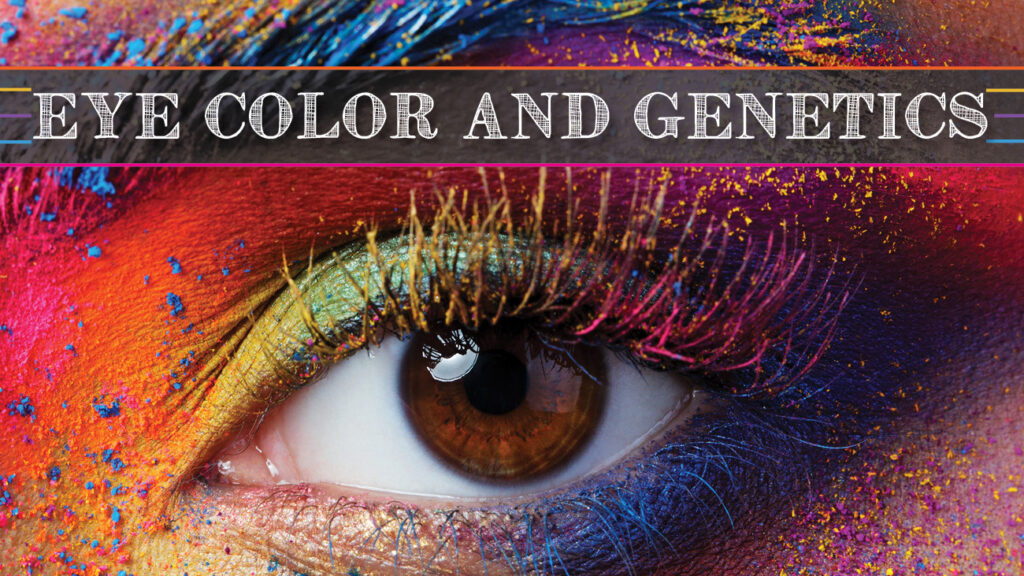Ever wonder why your eyes are blue, green, brown, or somewhere in between? The colored part of your eye, the Iris, contains pigmentation which determines our eye color. Your parents pass on chromosomes which combine to customize your eye color.
How eye color develops
Eye color is not as simple as other genetic traits. Three different genes contribute to your eye color. Due to dominant gene types, darker colors like brown overpower lighter colors like blue and green. Colors such as gray, hazel, and multiple combinations are not as common and are not yet completely understood.
Most babies are born with blue eyes, but did you know their eyes can darken for three years? Melanin is a pigment not present at birth, which develops with age and causes eyes to darken. The more melanin someone has, the darker their eyes will be.
Facts About Common Eye Colors:
- Brown: Most common eye color worldwide. This varies between dark brown, light brown, and honey brown eyes.
- Blue: People with blue eyes have less melanin in their eyes than any other color. Blue eyes are thought to come from a genetic mutation of one individual.
- Green: Thought to be the most attractive and one of the rarest eye colors.
- Hazel: The hue of hazel eyes changes based on what you are wearing and the type of lighting you are in. Hazel eyes host a variety of colors.
Changes in eye color
When your pupil changes size, the pigments in the iris of your eye compress or spread apart causing the color of your eyes to change. Your pupils change size for a variety of reasons including changes in light and the distance of the object you are focusing on. Emotions can also change the pupil size and iris color.
Heterochromia
Heterochromia is a condition in which a person’s eyes are different colors, caused by one eye having more melanin than the other. Typically, present at birth and is not considered an eye disease as it does not commonly cause vision problems.
Enhancing your eye color
- Wear eyeglass frames to compliment your eye color and skin tone.
Example: Determine if you are “warm” or “cool” toned skin and eye color then match your frames with a complementary color.
- Use eye makeup to bring out the color of your eyes.
Example: Pinks, purples, and silvers bring out the warmth in brown eyes.
- Wear clothing which compliments or contrasts your eye color.
Example: Orange, red, and gold highlight the natural hue of blue eyes.
- Choose hairstyles and colors to accentuate your eyes.
Example: Bangs and layers which frame the face draw more attention to your eyes.
- Colored contact lenses give you the opportunity to try out a new look.



